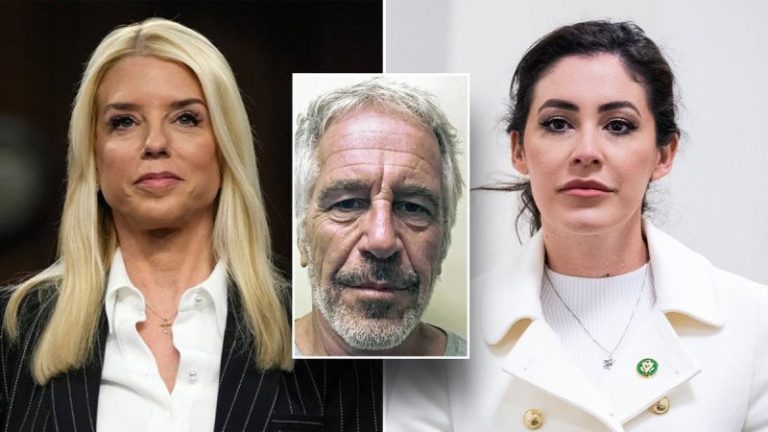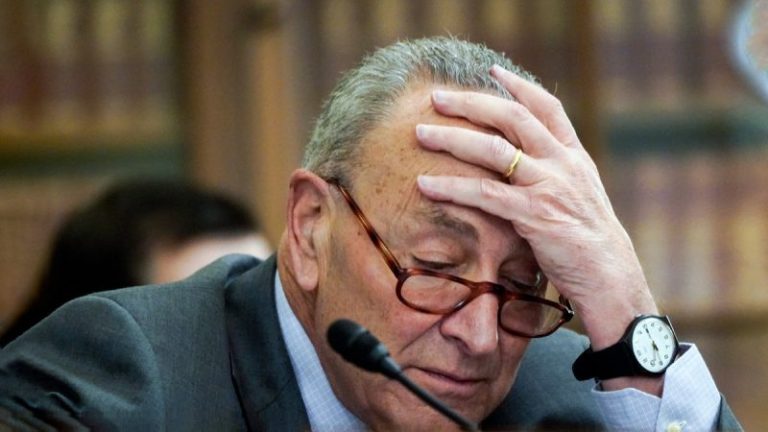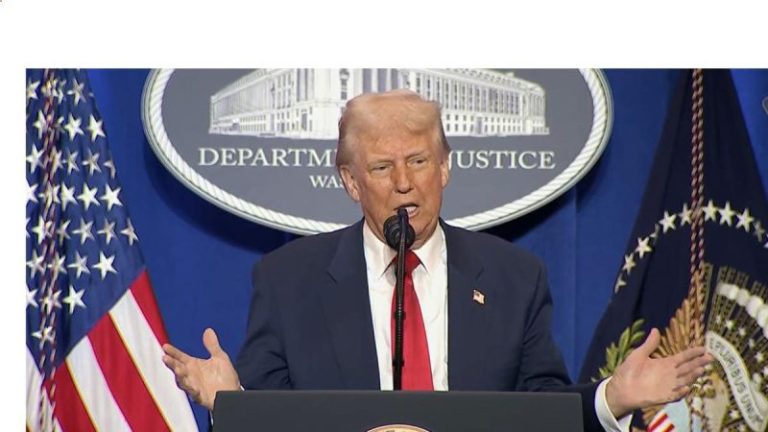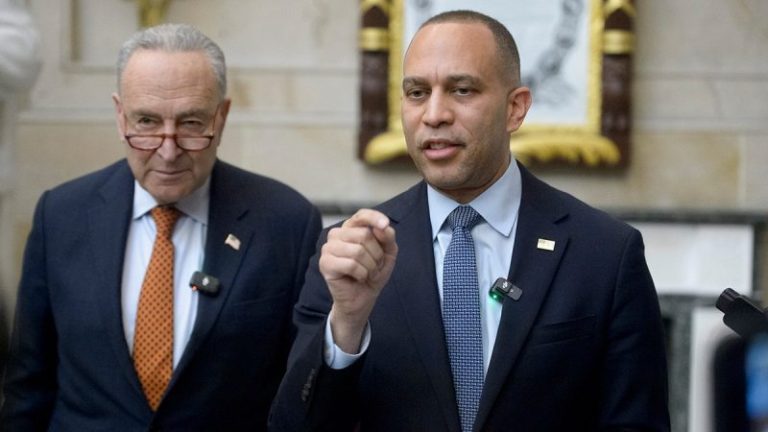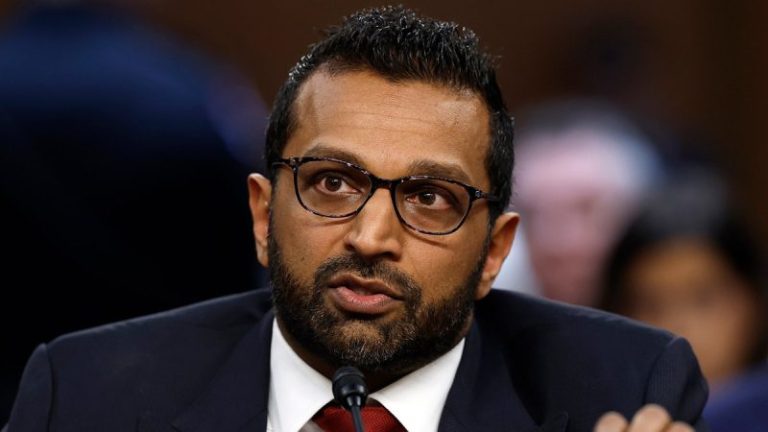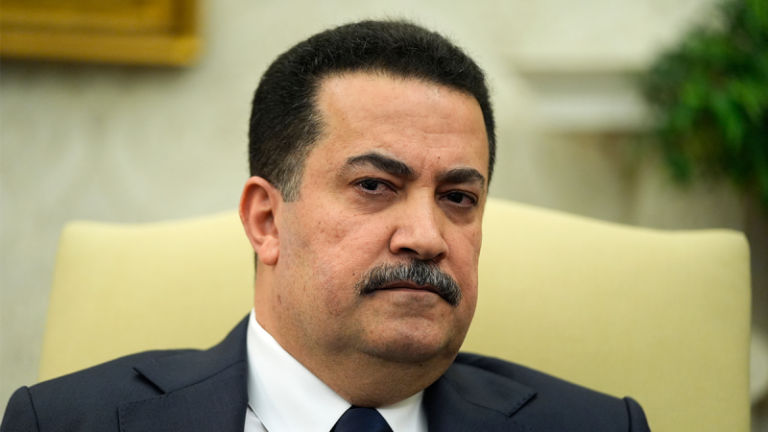Rep. Anna Paulina Luna, R-Fla., wants federal agents caught destroying or concealing government documents to be eligible for a life sentence in prison.
Luna, who is leading a task force on the declassification of government records, is introducing a new bill called the Stopping High-level Record Elimination and Destruction (SHRED) Act of 2025.
It would levy a mandatory sentence of 20 years to life for any government official or employee of the Department of Justice (DOJ), or anyone in the wider intelligence community, found to have concealed, removed, or mutilated federal records, according to bill text previewed by Fox News Digital.
Federal law currently dictates that anyone found knowingly destroying, falsifying, or obstructing government records ‘with the intent to impede, obstruct, or influence the investigation or proper administration of any matter within the jurisdiction of any department or agency of the United States’ is eligible for a fine or up to 20 years in prison.
Any custodian of public records found to be destroying or concealing those records could be fined up to $2,000 or face up to three years in prison, or both.
Luna’s push for increased penalties comes amid her continued standoff with the Department of Justice (DOJ) over the declassification of documents related to Jeffrey Epstein and the assassination of President John F. Kennedy Jr., among others.
Trump officials like Attorney General Pam Bondi and FBI Director Kash Patel have repeatedly vowed to lead with transparency, including on the subjects of Epstein and Kennedy.
However, Luna told Fox News Digital earlier this week that she had not had significant communications with the DOJ about her task force matters.
‘The DOJ has not been really responsive,’ she said Tuesday. ‘Even if they are, you know, conducting a criminal investigation, you should probably pick up the phone and call us, and not talk about it on the news.’
Conservative influencer Benny Johnson reported on whistleblower allegations within the last month that rank-and-file agents within the FBI were destroying documents in a bid to block Patel’s work
Meanwhile, there has been a tidal wave of pressure from the right for Bondi and Patel to declassify documents about Epstein. An initial round of information, first released to conservative influencers at the White House, was blasted for containing no meaningful evidence implicating anyone in the deceased pedophile’s crimes.
Bondi told Fox News host Mark Levin earlier this month that she was misled on the Epstein documents, and that she was alerted after that initial release to the Southern District of New York ‘sitting on thousands of pages of documents’ that she was not in possession of.
She said Americans would see ‘the full Epstein files,’ adding, ‘We will have it in our possession. We will redact it, of course, to protect grand jury information and confidential witnesses, but American people have a right to know.’
The DOJ was not able to immediately return a request for comment by Fox News Digital.

